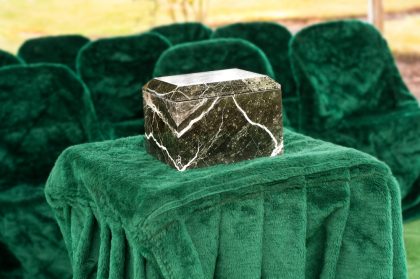Americans who do not identify with any religious organization or tradition are the fastest-growing segment of the U.S. population, in terms of religious identification, as shown by the data on the “Nones”.
Actually, those data also show that Americans who refuse to even answer survey questions about religious identification are really the fastest-growing segment—but lacking any idea what to do with that information, I will set it aside for now.
The Nones are the latest manifestation of Americans going their own way in religion, a tradition that extends back in the nation’s past and often has been cause for alarm. Thirty-eight years ago, a prominent polling organization noted a movement toward personal religion as harbinger of “an absolute goodbye to the present religious arrangement in North America.”
That did not happen, precisely at the time, because “church” Christianity in America became stronger through the 1980s and beyond, although the denominations that grew were relative newcomers.
But as sort of a delayed effect, although not necessarily bidding us adieu, the “religious arrangement” of the United States now does seem to be changing.
In the funeral business, such trends merit attention, if only because of the apparent strong link between decreasing religion, and increasing cremation.
A 2015 survey commissioned by the funeral industry found that 91 percent of people with “No organized religion” would consider cremation as an option if they had to make arrangements for someone else, compared with 64 percent of Protestants, 62 percent of Catholics, and 57 percent of “Other,” with large across-the-board increases over the previous decade.
Cremation as an Option for Friend or Family Member
Source: FAMIC Study, 2015
| Protestant |
41% |
64% |
| Catholic |
36% |
62% |
| Other |
36% |
57% |
| No Organized Religion |
60% |
91% |
Two trends foretelling a continued increase in cremation are the growing favorable attitude by all Americans—as the numbers above show, each religious segment may be as likely to choose cremation as another option for bodily disposition—and the tremendous growth of the non-religious segment, whose attitudes toward cremation are most favorable of all.
Apart from more cremations, what else might we expect from a nation of less religious funeral buyers?
Continue reading The “Nones” And The Funeral →
